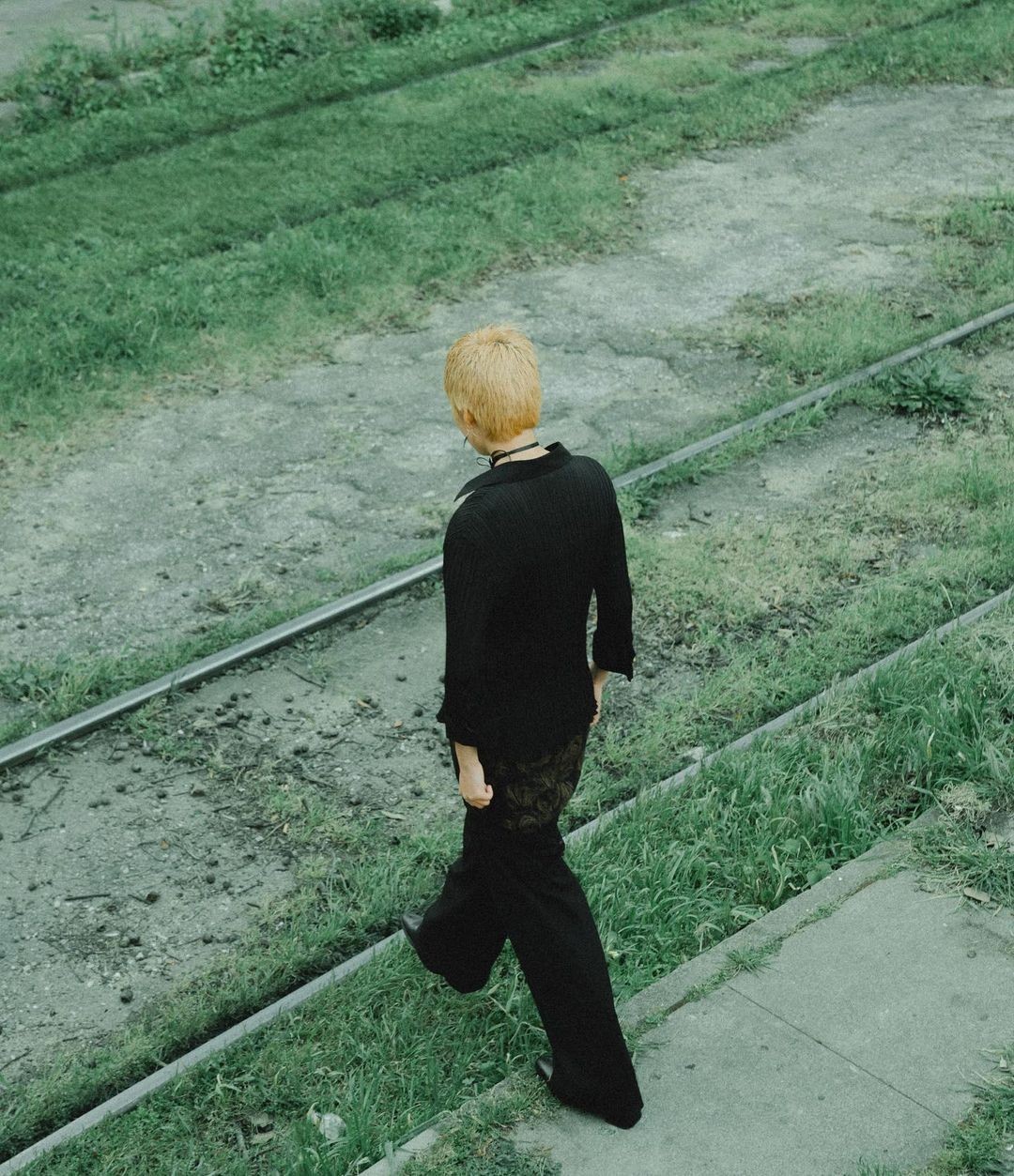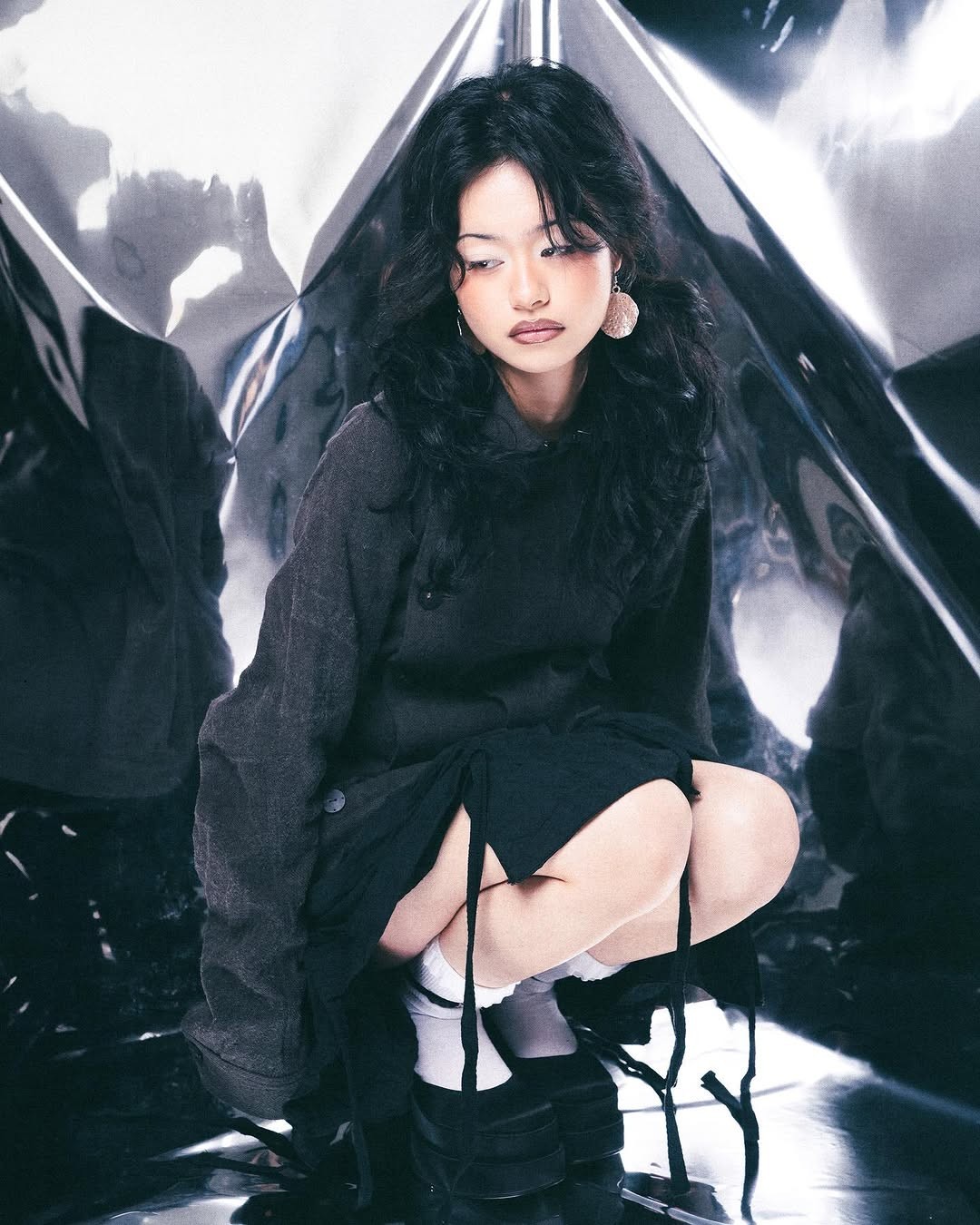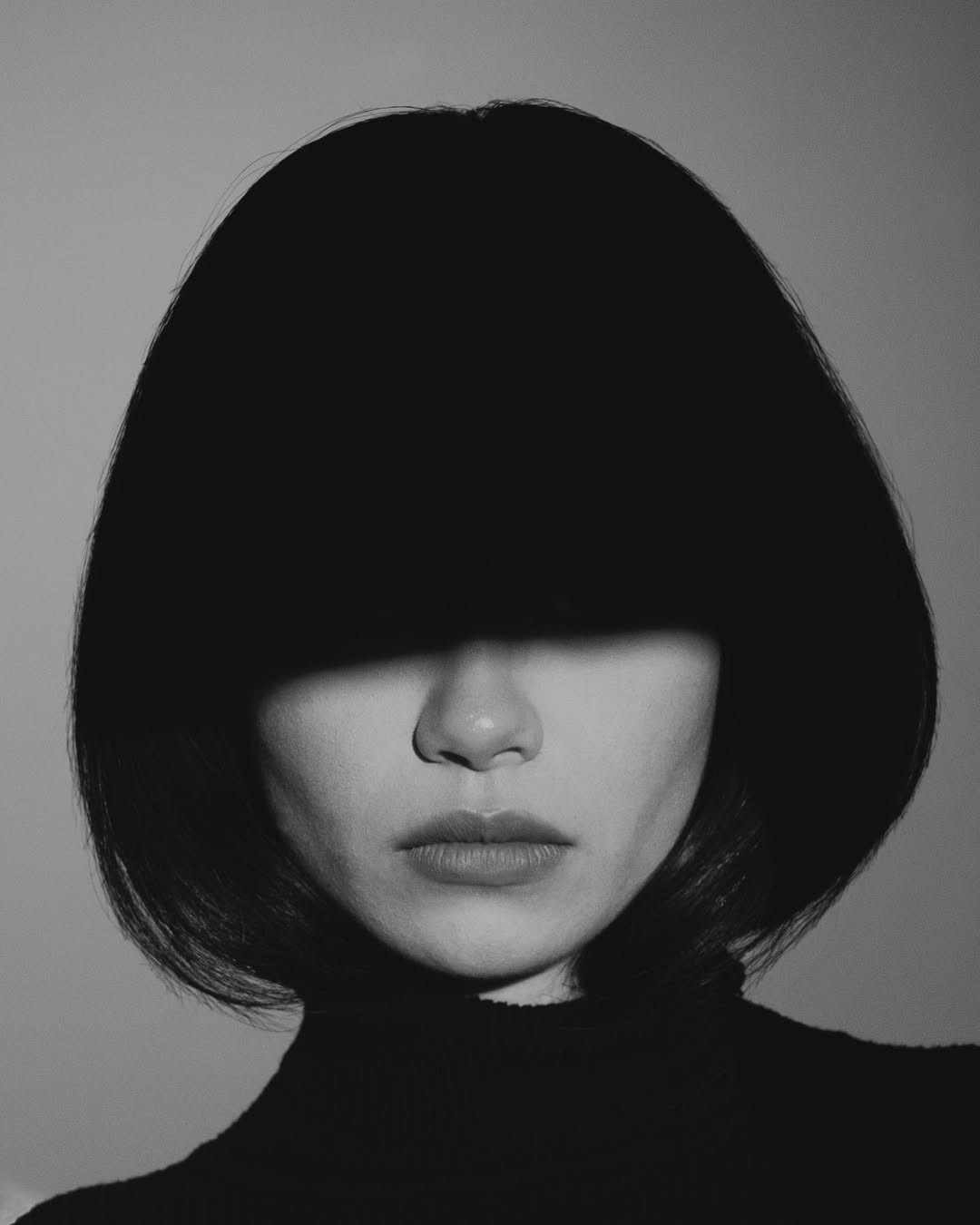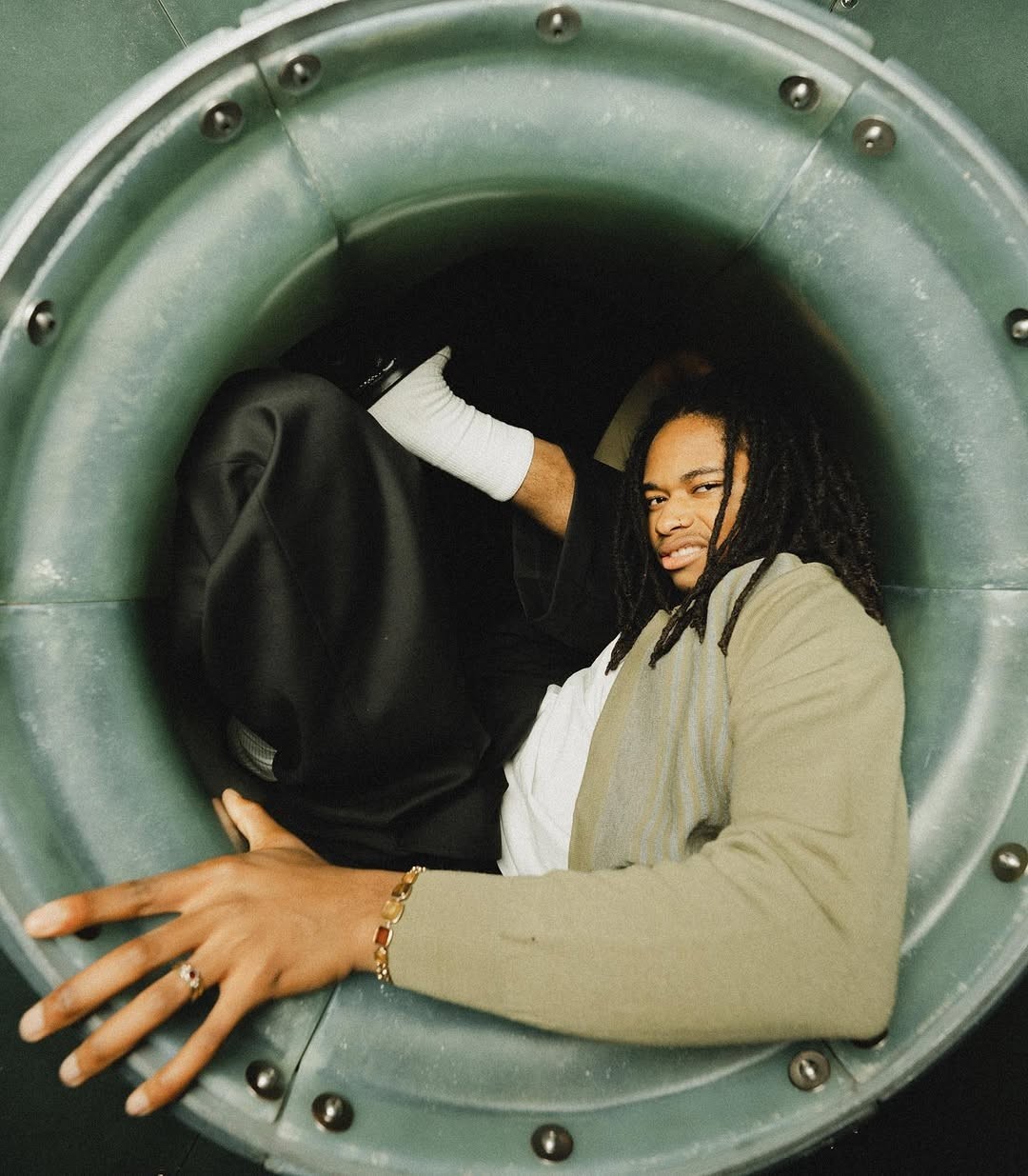Mastering Film Lighting



The Art of Film Lighting
Mastering film lighting is an art that transcends the technicalities of cinematography. It's about creating visual poetry that complements the narrative, sets the mood, and evokes emotions. The interplay of light and shadow, when harnessed skillfully, can transform a scene, turning it into a work of cinematic brilliance.
Understanding the fundamentals of lighting is the first step on this creative journey. It involves comprehending the types of lights available, such as key lights, fill lights, and backlights, and their roles in sculpting a subject or environment. Moreover, the quality of light—soft or hard—determines how the scene is illuminated. Filmmakers must also be well-versed in color temperature, as it influences the emotional tone of a shot, with warm tones creating a sense of intimacy and cool tones conveying distance or mystery.
Mastering film lighting is an art that transcends the technicalities of cinematography. It's about creating visual poetry that complements the narrative, sets the mood, and evokes emotions. The interplay of light and shadow, when harnessed skillfully, can transform a scene, turning it into a work of cinematic brilliance.
Understanding the fundamentals of lighting is the first step on this creative journey. It involves comprehending the types of lights available, such as key lights, fill lights, and backlights, and their roles in sculpting a subject or environment. Moreover, the quality of light—soft or hard—determines how the scene is illuminated. Filmmakers must also be well-versed in color temperature, as it influences the emotional tone of a shot, with warm tones creating a sense of intimacy and cool tones conveying distance or mystery.
Tools and Techniques
In the realm of film lighting, the tools at a filmmaker's disposal are as crucial as their vision. Grip equipment like flags, diffusers, and gels can be employed to shape and modify light, while light meters ensure precision in achieving the desired exposure. Techniques such as three-point lighting, Rembrandt lighting, and chiaroscuro lighting add depth and dimension to visuals, enhancing the storytelling.
The location of lights plays a pivotal role in achieving desired effects. Cinematographers strategically position lights to create highlights, shadows, and contours that enhance the visual storytelling. Moreover, mastering the balance between practical and artificial light sources can lend authenticity and character to a scene. Through experimentation and a keen eye, filmmakers develop an intuition for how different lighting choices influence the mood and ambiance, enabling them to convey their creative vision effectively.
In the realm of film lighting, the tools at a filmmaker's disposal are as crucial as their vision. Grip equipment like flags, diffusers, and gels can be employed to shape and modify light, while light meters ensure precision in achieving the desired exposure. Techniques such as three-point lighting, Rembrandt lighting, and chiaroscuro lighting add depth and dimension to visuals, enhancing the storytelling.
The location of lights plays a pivotal role in achieving desired effects. Cinematographers strategically position lights to create highlights, shadows, and contours that enhance the visual storytelling. Moreover, mastering the balance between practical and artificial light sources can lend authenticity and character to a scene. Through experimentation and a keen eye, filmmakers develop an intuition for how different lighting choices influence the mood and ambiance, enabling them to convey their creative vision effectively.
Creative Freedom and Innovation
Mastering film lighting isn't just about adhering to established conventions; it's also about pushing boundaries and exploring innovative techniques. Cinematographers often develop their signature style by experimenting with unconventional light sources or embracing the imperfections of practical lighting. Moreover, the digital era has brought new possibilities, allowing for dynamic lighting adjustments during post-production.
Ultimately, mastering film lighting is a journey of constant learning and creativity. It's about understanding the principles, leveraging the tools, and embracing the endless possibilities of lighting to craft captivating visuals that leave a lasting impact on the audience. Whether through the gentle glow of a candle or the dramatic intensity of neon lights, film lighting is a potent language that filmmakers can use to tell compelling stories.
Mastering film lighting isn't just about adhering to established conventions; it's also about pushing boundaries and exploring innovative techniques. Cinematographers often develop their signature style by experimenting with unconventional light sources or embracing the imperfections of practical lighting. Moreover, the digital era has brought new possibilities, allowing for dynamic lighting adjustments during post-production.
Ultimately, mastering film lighting is a journey of constant learning and creativity. It's about understanding the principles, leveraging the tools, and embracing the endless possibilities of lighting to craft captivating visuals that leave a lasting impact on the audience. Whether through the gentle glow of a candle or the dramatic intensity of neon lights, film lighting is a potent language that filmmakers can use to tell compelling stories.
Mastering film lighting isn't just about adhering to established conventions; it's also about pushing boundaries and exploring innovative techniques. Cinematographers often develop their signature style by experimenting with unconventional light sources or embracing the imperfections of practical lighting. Moreover, the digital era has brought new possibilities, allowing for dynamic lighting adjustments during post-production.
Ultimately, mastering film lighting is a journey of constant learning and creativity. It's about understanding the principles, leveraging the tools, and embracing the endless possibilities of lighting to craft captivating visuals that leave a lasting impact on the audience. Whether through the gentle glow of a candle or the dramatic intensity of neon lights, film lighting is a potent language that filmmakers can use to tell compelling stories.
Mastering film lighting isn't just about adhering to established conventions; it's also about pushing boundaries and exploring innovative techniques. Cinematographers often develop their signature style by experimenting with unconventional light sources or embracing the imperfections of practical lighting. Moreover, the digital era has brought new possibilities, allowing for dynamic lighting adjustments during post-production.
Ultimately, mastering film lighting is a journey of constant learning and creativity. It's about understanding the principles, leveraging the tools, and embracing the endless possibilities of lighting to craft captivating visuals that leave a lasting impact on the audience. Whether through the gentle glow of a candle or the dramatic intensity of neon lights, film lighting is a potent language that filmmakers can use to tell compelling stories.
[Conclusion]
[Conclusion]
[Conclusion]
Mastering the art of film lighting is a captivating journey that melds technical knowledge with artistic vision. It's a nuanced language that empowers filmmakers to create immersive, emotionally charged narratives. With an understanding of fundamentals, skillful use of tools, and a touch of innovation, filmmakers can craft cinematic magic that resonates with audiences, leaving an indelible mark on the world of storytelling.
Mastering the art of film lighting is a captivating journey that melds technical knowledge with artistic vision. It's a nuanced language that empowers filmmakers to create immersive, emotionally charged narratives. With an understanding of fundamentals, skillful use of tools, and a touch of innovation, filmmakers can craft cinematic magic that resonates with audiences, leaving an indelible mark on the world of storytelling.


Sergio Urbina
Sergio Urbina
Sergio Urbina
[Creative Director]
[Creative Director]
[Creative Director]
















Got A
Project?
Contact us today and let's bring your vision to life!
GET IN TOUCH
Got A
Project?
Contact us today and let's bring your vision to life!
GET IN TOUCH
[ schedule a call here ]
Got A
Project?
Contact us today and let's bring your vision to life!
GET IN TOUCH
[ schedule a call here ]
